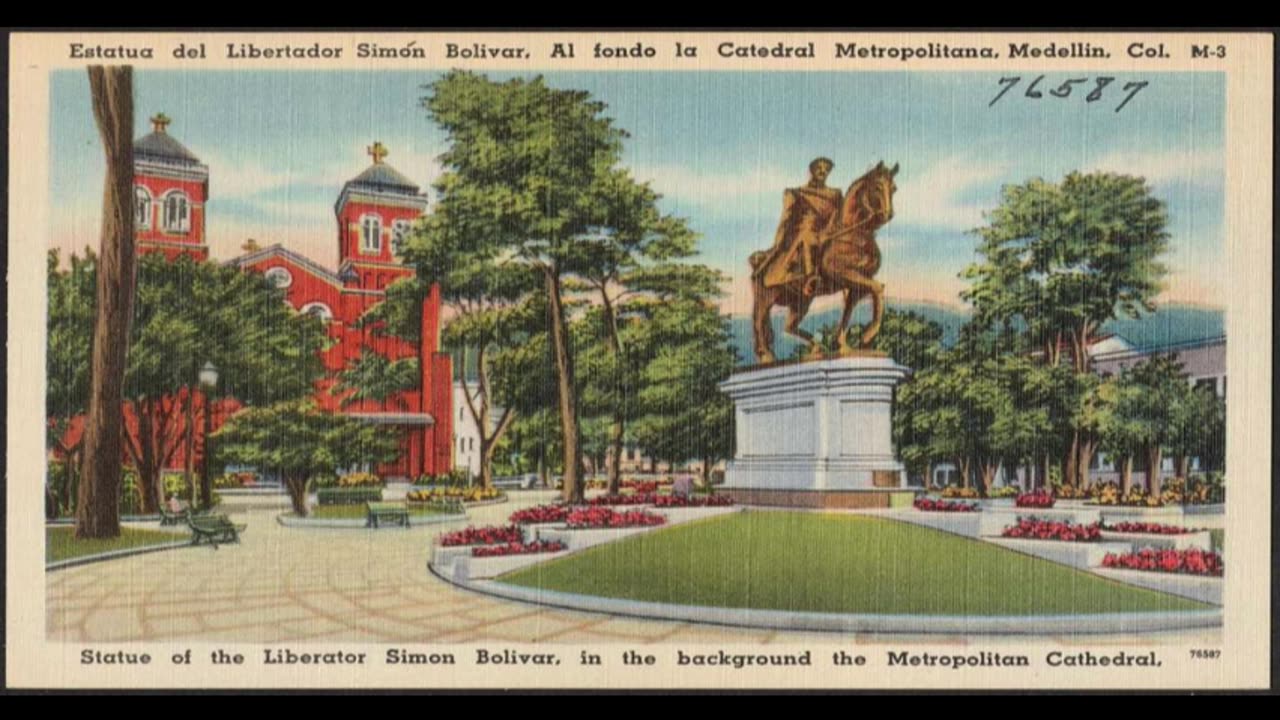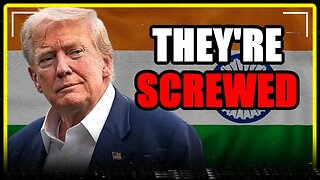Premium Only Content

The Separation of Ecuador and Venezuela from Gran Colombia: A Historical Outlook
Simón Bolívar had a vision to unite South America, which resulted in the creation of Gran Colombia in 1819. Gran Colombia aimed to unite the northern part of South America, including present-day Colombia, Ecuador, Venezuela, and Panama. However, the circumstances of the South American revolution differed greatly from those in the United States, and the dream of Gran Colombia didn't last long. Instead of experiencing growth, Gran Colombia gradually saw its territories breaking apart. Unlike in North America, where colonizers took land from Native Americans, in South America, the Spanish concentrated power and land in the hands of a privileged few.
The conflicts between different groups, such as Pardos, slaves, Creoles, Native Americans, and Spanish Peninsulares, posed significant challenges to the success of the union. Bolívar's original idea of a democratic federation of independent republics was gradually altered as he faced the realities of the situation. Bolívar began to doubt whether the people in South America could effectively govern themselves and exercise their rights, leading him to take control of the government and become a dictator in 1828. However, Bolívar's government failed, and he resigned by 1830.
In 1831, Gran Colombia was abolished, resulting in the formation of three separate countries: Venezuela, Ecuador, and New Granada. Bolívar's goal was to establish a nation that could protect its independence and compete economically with European powers. His dream of uniting Latin America was incredibly ambitious.
To read more: https://www.timeprinternews.com
-
 LIVE
LIVE
BEK TV
23 hours agoTrent Loos in the Morning - 7/31/2025
207 watching -
 LIVE
LIVE
The Bubba Army
22 hours agoShannon Sharpe FIRED after Sex Lawsuit - Bubba the Love Sponge® Show | 7/31/25
1,783 watching -
 21:23
21:23
DeVory Darkins
1 day ago $9.80 earnedTrump makes STUNNING Admission regarding Epstein and WSJ settlement
31.9K102 -
 8:14
8:14
MattMorseTV
17 hours ago $7.20 earnedTrump just DROPPED the HAMMER.
40.2K42 -
 2:47:03
2:47:03
Patriot Underground
20 hours agoTruthStream RT w/ Joe & Scott (7.30.25 @ 5PM EST)
52K28 -
 42:04
42:04
World2Briggs
17 hours ago $2.19 earnedRanking All 50 States By Natural Beauty Will Shock You!
16.2K4 -
 42:46
42:46
The Kevin Trudeau Show Limitless
22 hours agoManifest Anything: The Secret Teachings of Kevin Trudeau
10.3K4 -
 LIVE
LIVE
Culture Crack
2 hours ago🔴 FINISHING Games | Metal Gear Rising, Prototype 2, Callisto Protocol + Online Safety Act Discussion
39 watching -
 5:18:09
5:18:09
saiyagamertv
7 hours agoIm ready to RUMBLE lets WIN!!
5K1 -
 13:05
13:05
IsaacButterfield
1 day ago $1.28 earnedPedro Pascal Needs To Stop
11.2K7